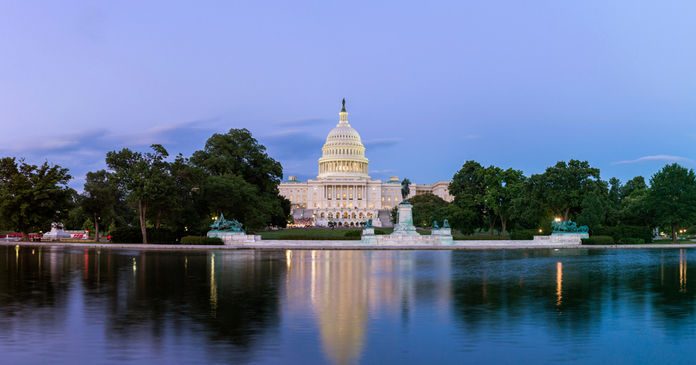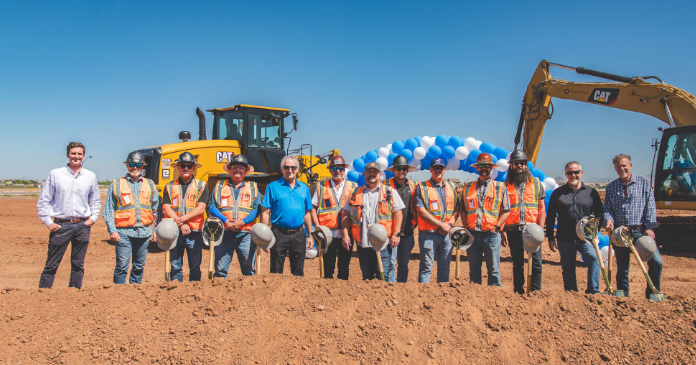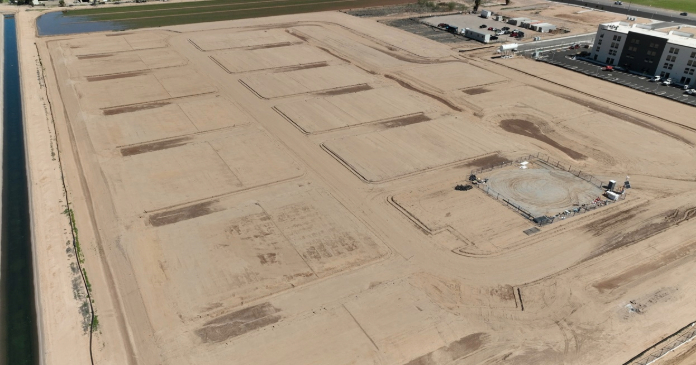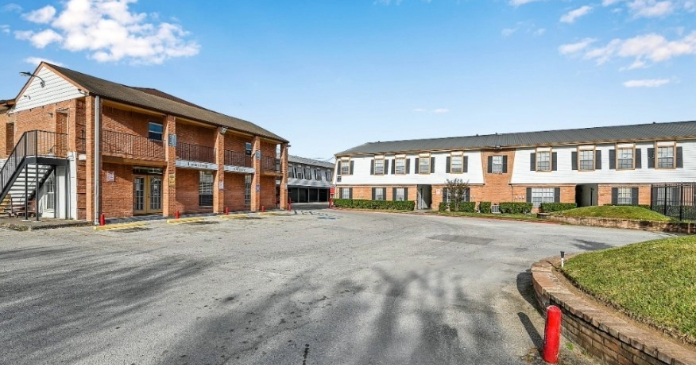Yardi Matrix released its July report on the multifamily housing market. The report shows that the fundamentals of the market remain strong.
Rents show continued steady increase
When we last checked in with Yardi Matrix in May, they had reported that rents were only up 2.5 percent in the month, indicating that the rent growth season was off to a slower start than usual. However, the report for July states that rent growth has been at or above 3 percent throughout 2019, so clearly they have revised some of their data upon taking a second look. These sorts of revisions are not uncommon and they are not unique to Yardi.
In any case, for July, Yardi Matrix reported that the average rent nationwide was $1,469, up $3 from their June figure. Compared to July 2018, rents were up 3.4 percent.
For reference, the Bureau of Labor Statistics (BLS) reported that the all-items urban consumer price index (CPI-U) in July was up 1.8 percent on a year-over-year basis. The shelter portion of the CPI was up 3.5 percent in the last 12 months. The BLS also reported that average hourly earnings of all employees on private non-farm payrolls in July were up 3.0 percent over the last 12 months, although a drop in hours worked limited the increase in weekly earnings to 2.6 percent.
Las Vegas and Phoenix continue to lead in rent growth
The Yardi Matrix report focuses on the 30 largest metro areas and ranks them both by average rent growth over the last 12 months and also by rent growth in two sub-classes of apartments. These are the “renter by necessity” (RBN) class and the “lifestyle” (renter by choice) class.
The report identifies major markets with the highest average annual rent growth as Las Vegas (8.0 percent), Phoenix (7.0 percent), Sacramento (5.4 percent), Charlotte (4.6 percent) and Austin (4.6 percent). Coming in at number 6 in July was Boston, which had been ranked in the bottom 5 in May.
The major markets with the lowest average annual rent growth were Houston (0.8 percent), Miami (2.4 percent), San Jose (2.6 percent), Orange County (2.6 percent) and Orlando (2.8 percent).
Houston edged out San Antonio for the dubious honor of having the lowest occupancy rate of the top 30 metros, coming in with 92.7 percent. San Antonio’s occupancy rate was 92.9 percent. At the other end of the scale, the Twin Cities had the highest occupancy rate at 97.0 percent, followed by Sacramento at 96.5 percent.
In the 12 months to July, Seattle had the highest percentage apartment completions compared to existing stock at 4.9 percent. In spite of this, occupancy rose from 95.7 percent to 95.8 percent in Seattle over that time.
Once again in July, the workforce housing (RBN) portion of the market exhibiting higher rent growth than the lifestyle portion of the market. Rents in the RBN portion of the market went up by 3.6 percent, compared to the 3.1 percent increase seen in the lifestyle product class. The Yardi Matrix report stated that this pattern of faster rent growth in the RBN product class has been in place since 2011 but that the difference in the rates between the two product classes has been diminishing lately. The difference was down to 0.5 percent in July.
Anticipating HQ2?
Every month, the Yardi Matrix report discusses some aspect of the multifamily housing market. This month it highlighted the recent turn-around in the multifamily housing market in Washington DC.
As part of its report, Yardi Matrix includes a forecast of expected year-end rent growth for the 30 largest metros that they track. The forecast for Washington DC was for growth of 2.6 percent. This rate of rent growth would have put it 26th of the 30 metros. Washington’s actual year-over-year rent growth came in at 3.7 percent, high enough to rank it in 12th place for highest rent growth. This is despite the fact that employment growth came in at only 1.8 percent year-over-year based on a 6 month moving average and the fact that average rents in Washington are nearly $400 above the national average.
The report cites work that has been done to upgrade some of Washington’s neighborhoods in order to make them more attractive to residents as a factor in drawing people to the area. It also posits that the region will get a boost in the years ahead as Amazon begins staffing its second headquarters in Arlington Virginia.
The complete report discusses some of the smaller markets. It has more information about the larger markets including numbers on job growth, completions of new units and occupancy rates. It also includes charts showing the history of rent changes in 18 of the top 30 markets over the last 4 years. It can be found here.













